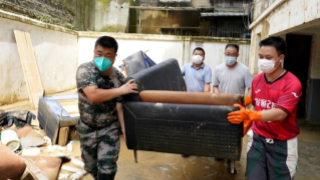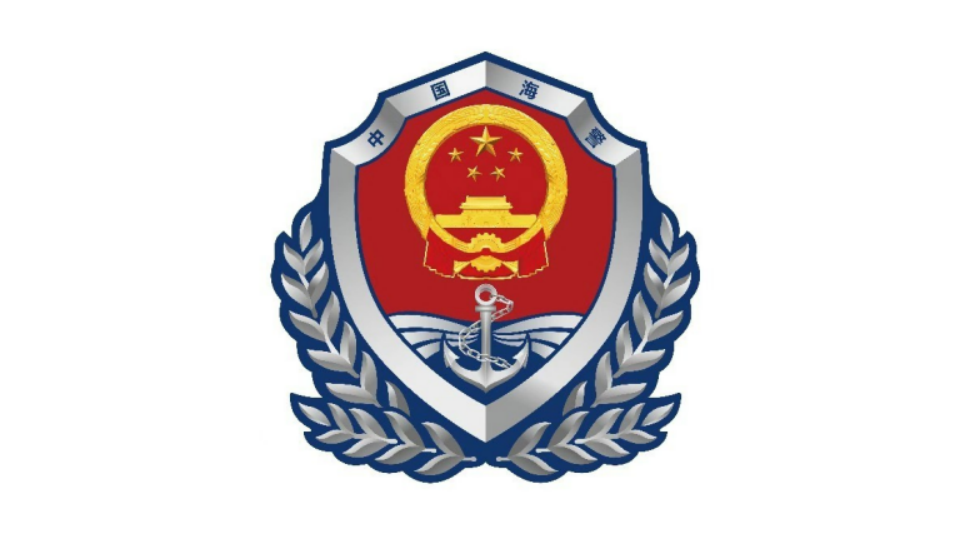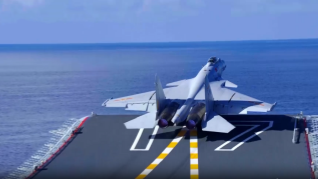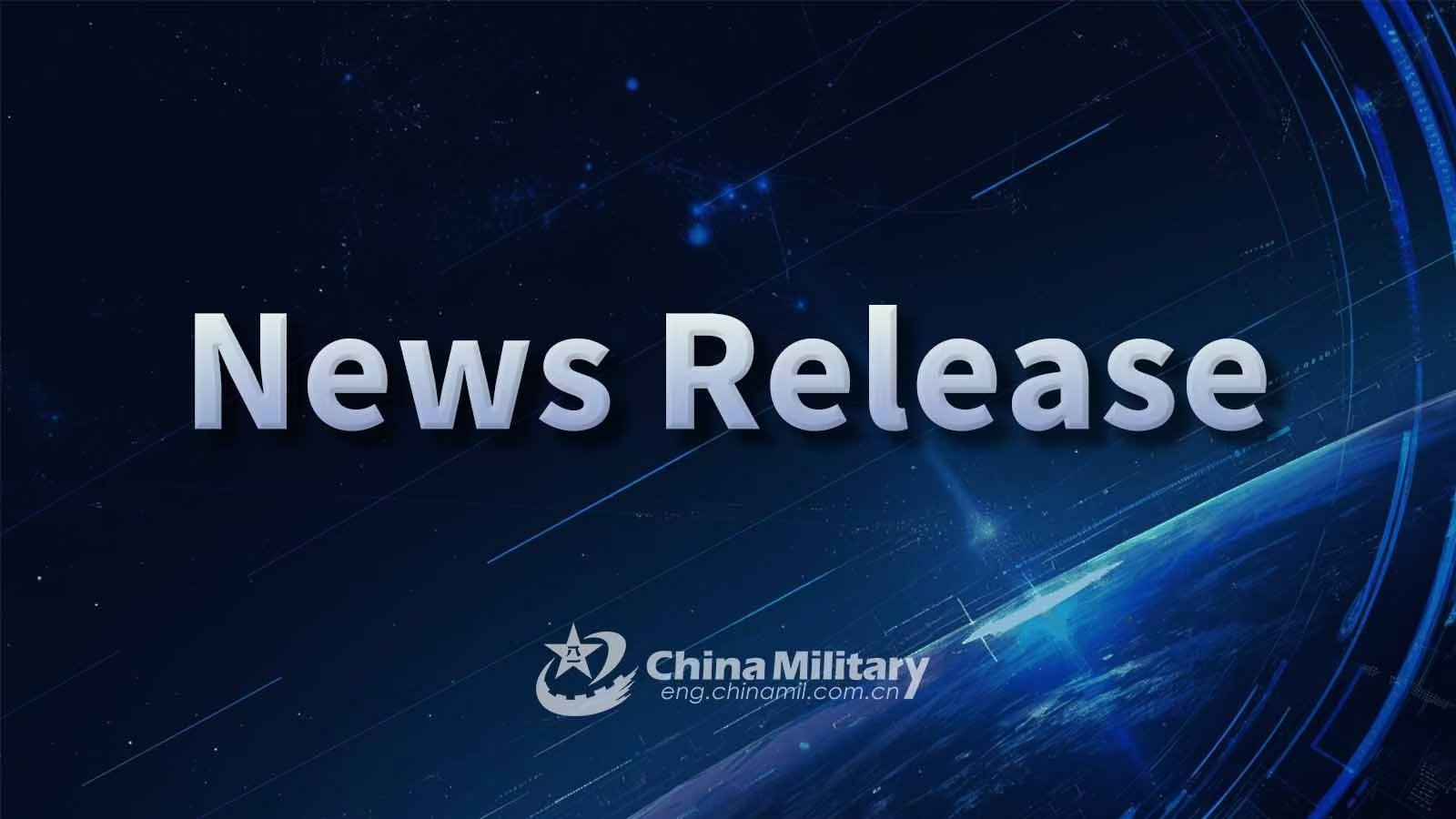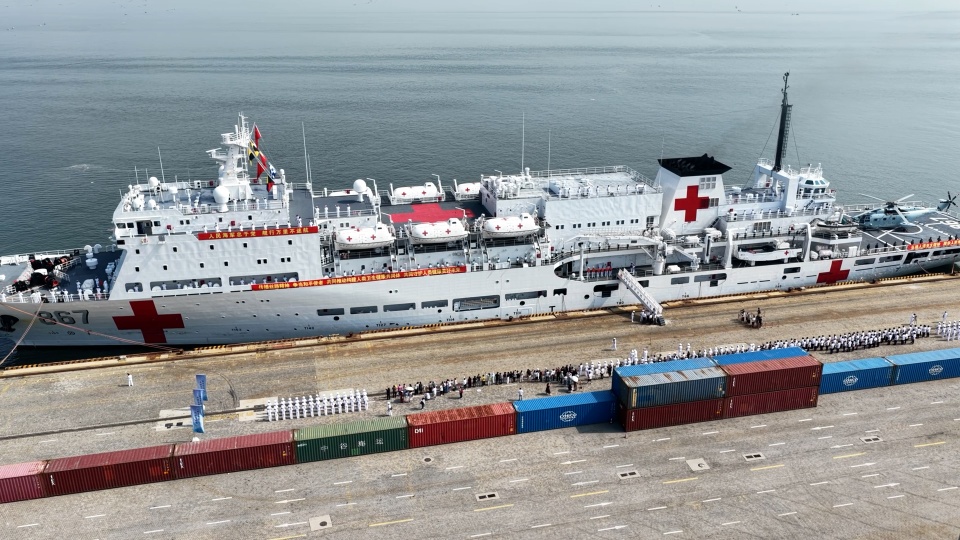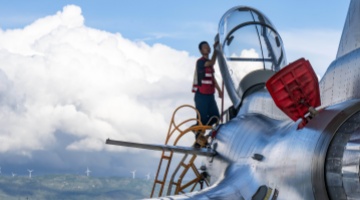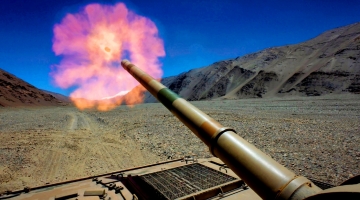By Li Lu
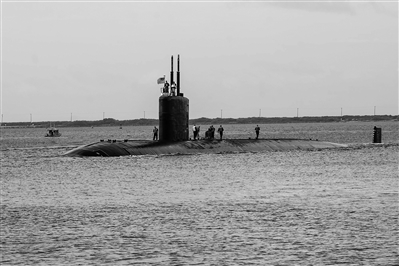
A US Los Angeles-class nuclear-powered attack submarine docks at the Apra Harbor Naval Base in Guam.
Japanese Defense Minister Nakatani Gen recently announced that the first batch of US Marine Corps logistical personnel stationed in Okinawa Prefecture has begun relocating to Guam. This relocation of US forces to Guam is aimed at optimizing its military deployment in the Western Pacific to address the so-called anti-access/area denial (A2/AD) threats. The move seeks to reduce the vulnerability of forces within the first island chain, strengthen the support role of the second island chain, and maintain a forward military presence in the region.
Guam is the westernmost territory of the US in the Pacific region. As the core of the second island chain, Guam serves as both a key support base for US forces in the first island chain and a forward-operating hub for rear US military forces. It plays a crucial role in facilitating forward presence, deterrence, and force projection. The US military's calculation for Guam is as follows. In terms of offense, it positions itself to operate in East Asia, working alongside allies such as Japan and the ROK to engage in regional affairs and deterrence missions. As for defense, it serves as a buffer for Hawaii and connects with allies in the South Pacific region to ensure a broad military presence and extended influence.
Currently, as the primary strategic hub for US military deterrence and intervention operations in the Western Pacific region, Guam hosts multiple naval and air force bases. Andersen Air Force Base on Guam is the US military's only permanent base in the Western Pacific able to service the heavy strategic bomber fleet, with a maximum capacity to host approximately 200 bombers. Apra Harbor Naval Base on Guam can berth aircraft carriers and large amphibious assault ships. It is also the only nuclear submarine base for the US military in the Western Pacific.
In addition, the US military is building an enhanced integrated air and missile defense system on Guam, consisting of THAAD (Terminal High Altitude Area Defense) and IFPC (Indirect Fire Protection Capability) systems, ground-based Aegis Ballistic Missile Defense (BMD) systems, as well as the Guam-customized AN/TPY-6 four-sided phased array radar. These systems are integrated through command and control, battle management, and communication systems.
In 2024, the land-based Aegis missile defense system equipped with MK-41 vertical launching system was deployed to Guam, marking the first time the system has been deployed in the Asia-Pacific region, approximately two years ahead of the originally planned timeline. The system can expand long-range detection capabilities, enhance mid-tier interception capabilities, and broaden short-range defense options to effectively counter multiple threats such as ballistic missiles, hypersonic missiles, cruise missiles, and drones, so it can transform Guam into a stronghold of the second island chain.
It is reported that the US military plans to spend approximately $10 billion on deploying missile defense systems at 16 key locations in Guam, with completion expected by around 2035. By that time, Guam will become the US military's strongest air and missile defense hub in the Western Pacific region. At the same time, the new air and missile defense systems, along with the support from allied forces, will reduce the defensive pressure on US Navy Aegis-equipped ships stationed around Guam, allowing them to allocate more forces to maritime anti-ship and anti-submarine operations.
It is important to note that in recent years, the US military has continuously adjusted its force deployments in the Western Pacific. The forward military buildup on Guam is not aimed at a strategic contraction but rather a "retreat for advancement" approach to prepare for potential large-scale conflicts and enhance its capacity to intervene in sensitive regional hotspots. This reflects US' stubborn hegemonic mindset of pursuing a new Cold War and even preparing for a new hot war. The US actions not only undermine the strategic balance in the Asia-Pacific region and increase the risk of military conflict, but also risk triggering an arms race and exacerbating regional tensions. These developments require heightened vigilance from the international community and regional countries.





